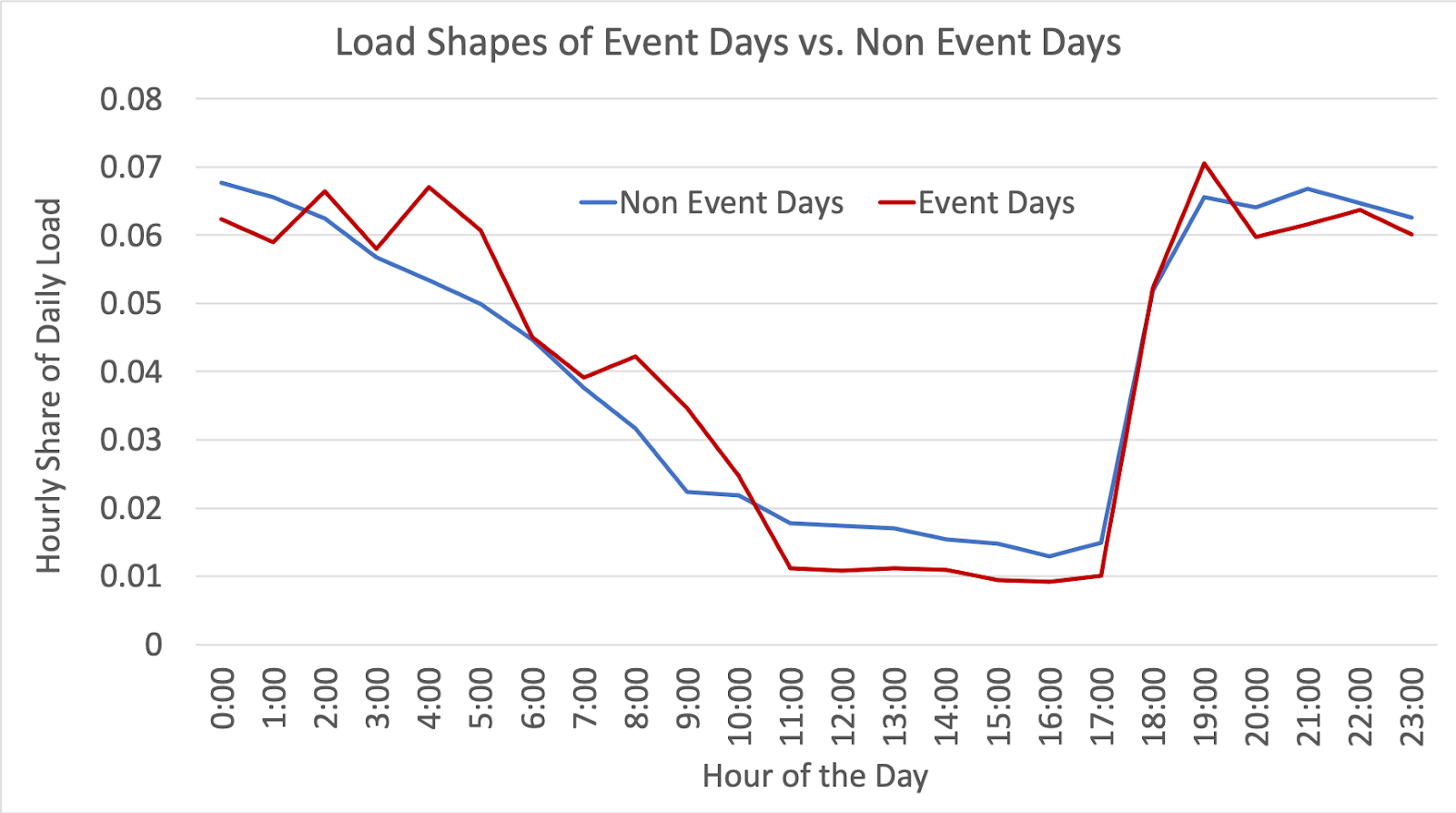EBCE Runs Demand Response Pilot Program
January 7, 2019
EBCE executed its first demand response pilot program this summer, paying out over $100,000 to customers that cut demand during peak periods.
The program was modeled on existing peak pricing demand response programs, where customers respond to notifications of “peak day events,” or hours of expected high demand with high spot market power prices and potential grid stability issues. Cutting demand at those peak times helps with grid stability and reduces costs for all customers, not just those who respond.
The existing PG&E program, which is called Peak Day Pricing (PDP), is not available to customers served by CCAs. EBCE took over service for over 50,000 commercial and industrial customers in Alameda County in June, and a number of them didn’t want to lose the PDP option.
So EBCE put together their own version of the program, at least on a pilot basis. The goal was to retain customers, see what it’s like to run the program, and make sure it works.
Taj Ait-Laoussine, Vice President for Technology and Data Analytics, says EBCE focused on two tariff classes, for large commercial and industrial customers.
“Most other customer types were either not aware they were enrolled in PDP rates, or were not changing their behavior in response to notifications,” he says. “But big customers were responsive, and we knew they could deliver bigger results.”
For the pilot, EBCE simply followed PG&E’s lead on when the events were called, which were based on weather conditions across the service territory. EBCE set up systems to notify customers of events via email and text messages.
In all, EBCE called eight events in June and July and paid out over $100,000 in incentives. “Retaining customers that could alter their load shapes in response to demand response incentives was a win for all of EBCE, since they can cut demand during peak hours,” says Ait-Laoussine. “That helps us in reducing our overall procurement costs, since we reduce our exposure during potentially volatile hours.”

Ait-Laoussine says EBCE is conducting more research to determine what an ongoing program might look like. “We have to make sure it is tied into our procurement strategy, based on EBCE peak load periods and needs rather than PG&E’s, and develop a more robust notification system. Plus, we need to better identify customers that could provide meaningful impact while also benefiting from it, based on their business, their load, and their flexibility.”
While the pilot was a success, EBCE could develop a different approach to demand response. “Our goal is to flatten our load shape and to reduce financial risk in peak hours,” says Ait-Laoussine. “And there are different ways to do that.”
Peak season is in summer only, so EBCE has until next May to launch their new offering.